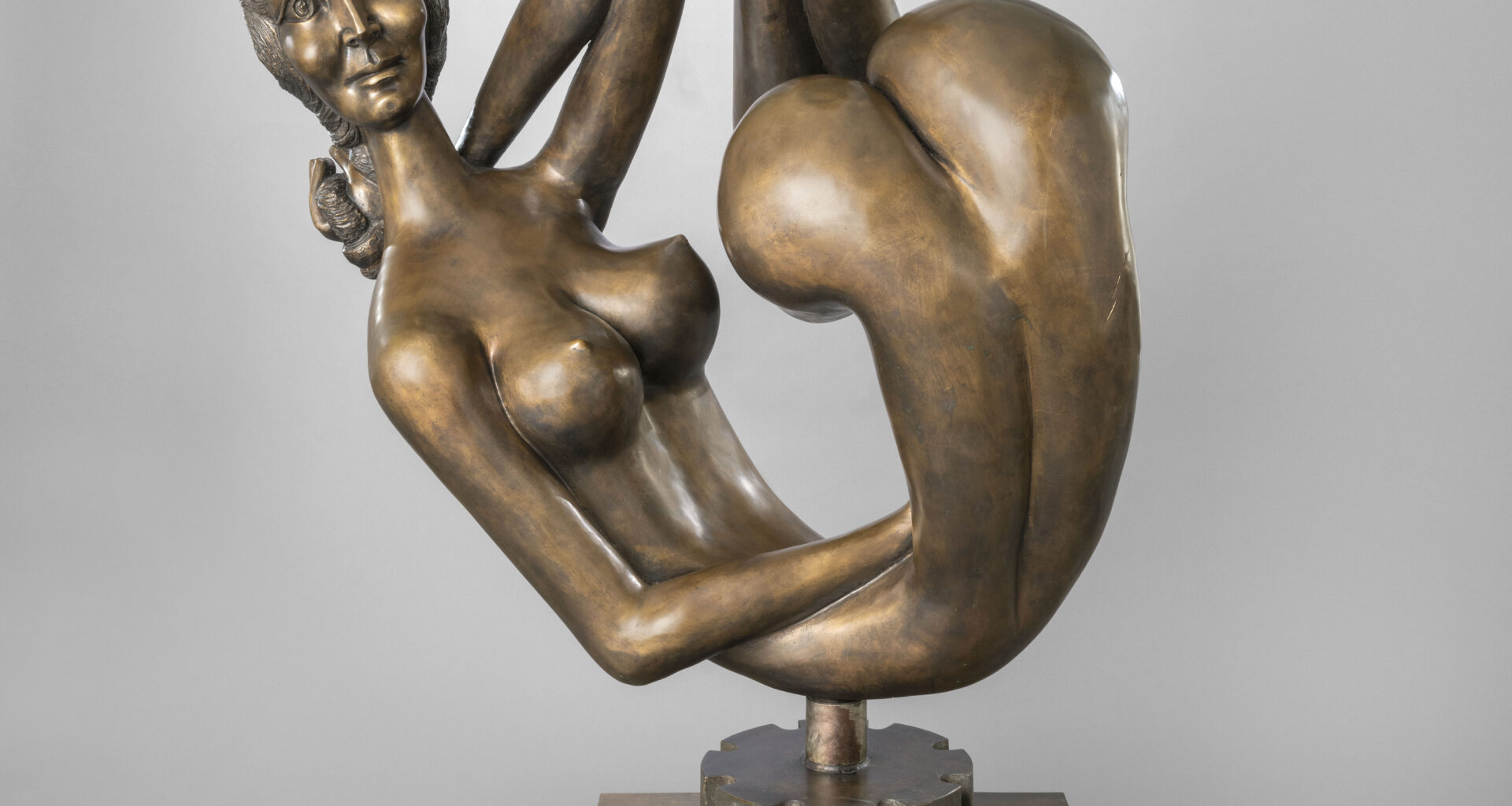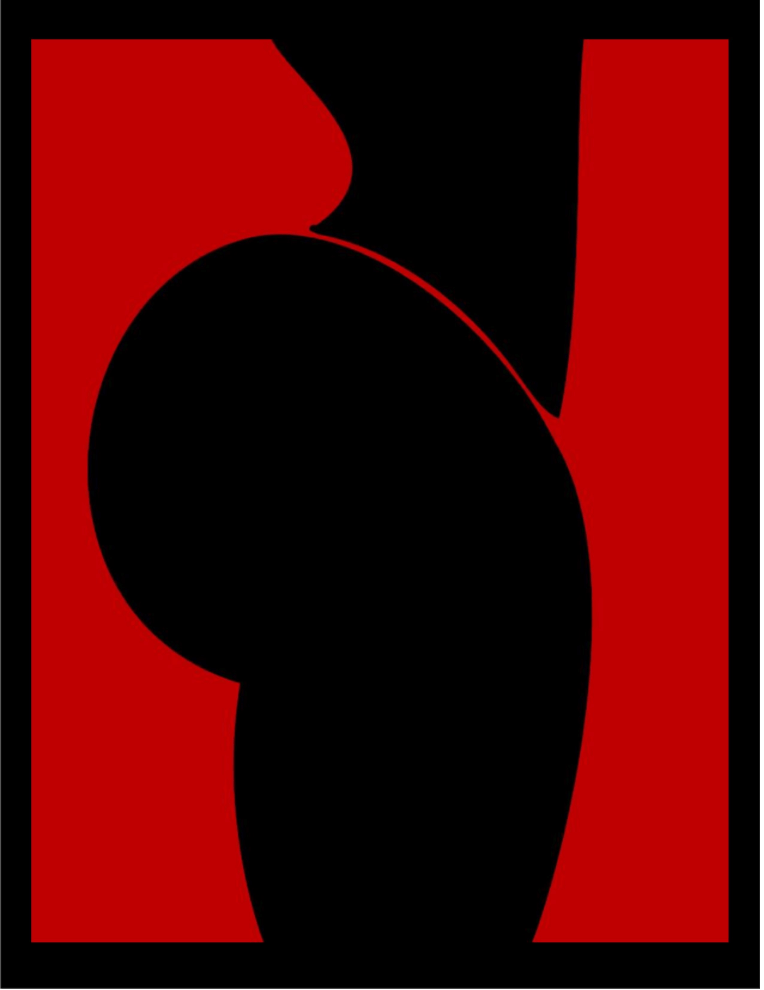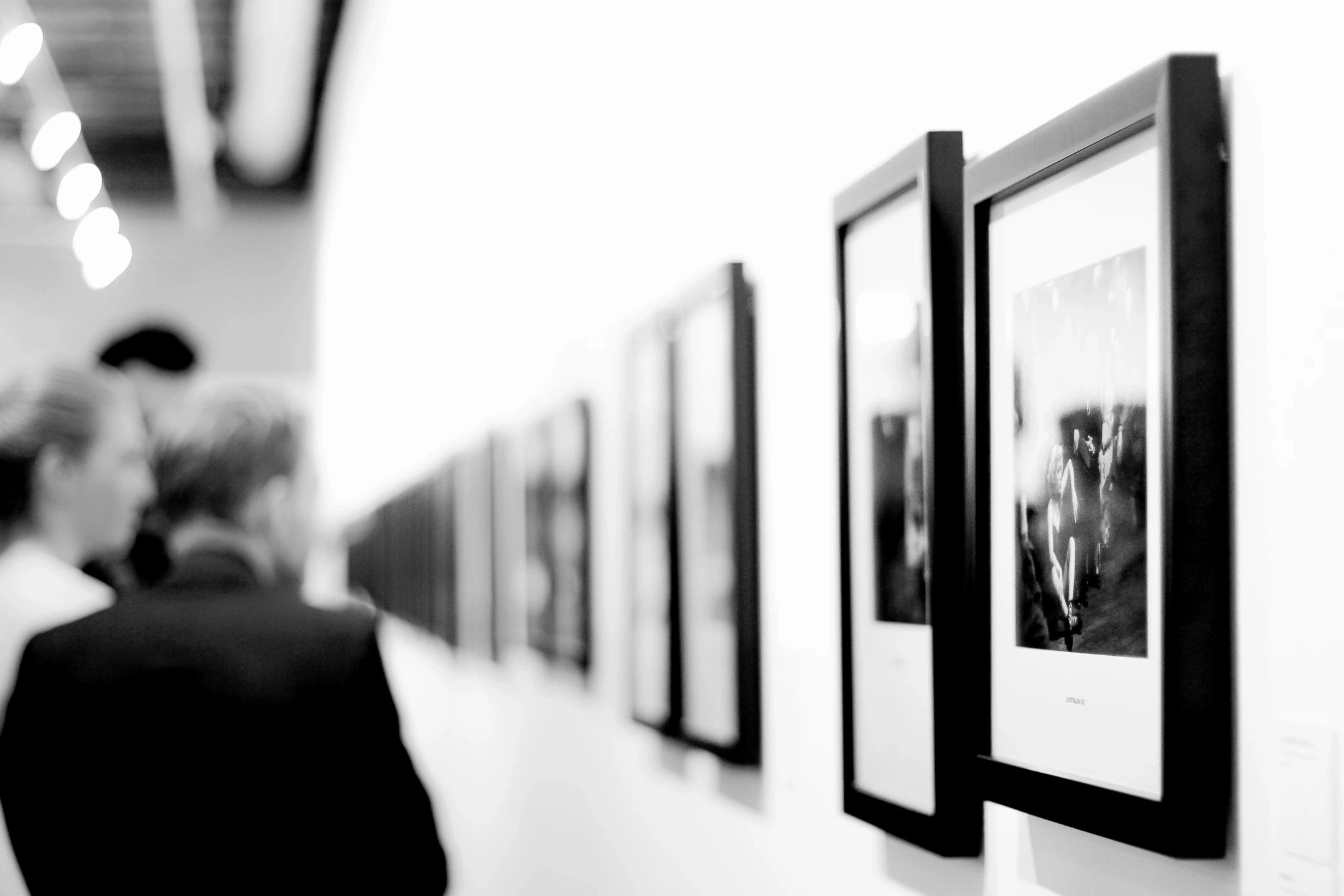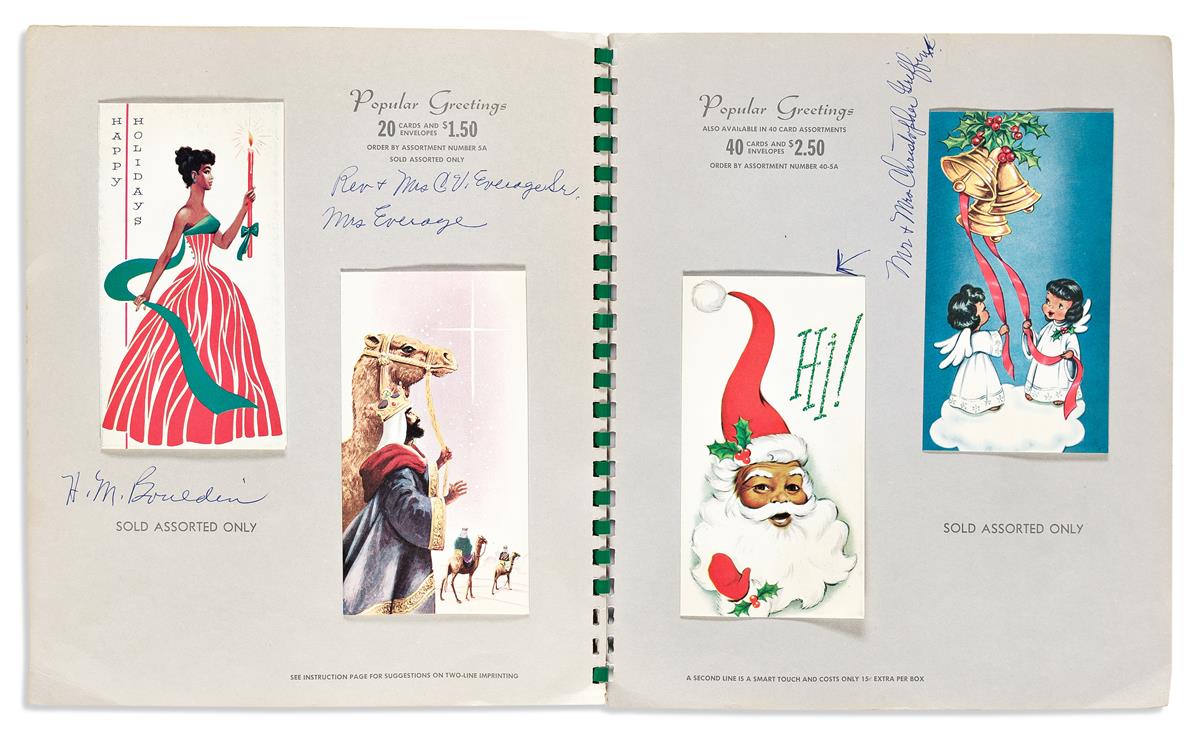Recent acquisitions by the Cleveland Museum of Art (CMA) include a masterpiece by Jean-Baptiste Carpeaux, the foremost French sculptor of the Second Empire (1852-1870); a landscape drawing by Netherlandish artist Hans Bol; and a Taihu stone presented to the museum by contemporary Chinese artist Liu Dan.
Jean-Baptiste Carpeaux’s Why Born Enslaved!
The CMA acquires the original plaster model of celebrated 19th-century sculpture
Why Born Enslaved! is one of Jean-Baptiste Carpeaux’s most iconic, signature works. It depicts a bound African woman looking defiantly upward. The sculpture’s original, polychromed surface is covered with complex, nuanced hatchings and subtle modeling that enhance the expressive power of the figure. While there are other versions of the sculpture in museum collections in the United States and Europe, scrapings and marks on the surface of the plaster indicate the work the CMA has acquired is the master model from which the other versions were produced.
The figure in Why Born Enslaved! is depicted in a series of explosive forms and dramatic silhouettes. Her expression, movement and surface seem to palpitate with life. Although slavery had been abolished in France since 1848, it remained a contested issue in Carpeaux’s lifetime as France was expanding its colonies into north Africa where the practice continued. The American Civil War provided fresh inspiration to abolitionists. The vigor of the figure’s twisting form and the intensity of her gaze underscore the gravity of the subject and the intensity of abolitionist sentiment of the period.
Why Born Enslaved! will have enormous impact on the CMA’s collection due to its powerful aesthetic qualities, its formidable stance on one of the most pressing social and political issues of the 19th century and the relevance of its subject today. There is only one other known version with a similar polychromed surface, a half size reduction at the Brooklyn Museum.
Why Born Enslaved! will allow the CMA to host complex conversations through artworks that provoke painful histories and challenge conventional historical narratives. When the sculpture goes on view later this spring, it will feature an interpretive framework that considers the unnamed sitter, what she represented when the bust was created and her relevance now. By highlighting her place in a global lineage of colonial images of Black women, as well as in the contemporary scholarship and museum practice that seeks to name or otherwise identify sitters like her, the model’s status as both living person and allegorical figure will allow viewers to reckon with the power imbalances that existed even in the creation of abolitionist art.
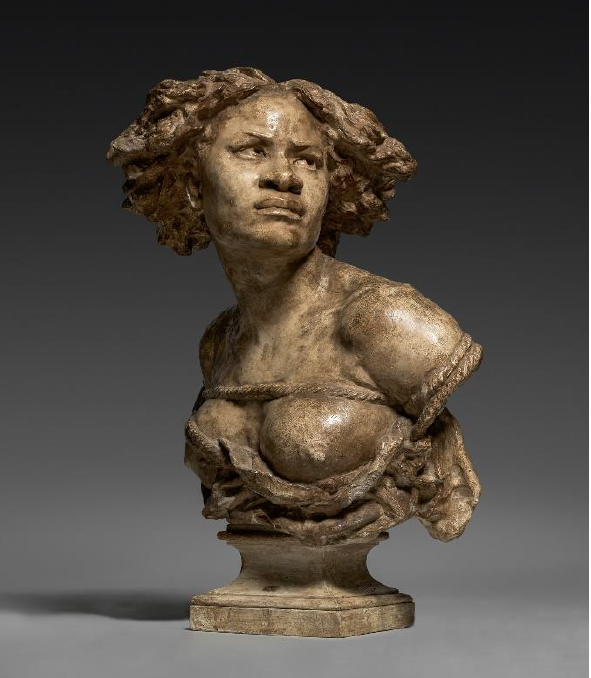
Why Born Enslaved!, 1868. Jean-Baptiste Carpeaux (French, 1827-1875). Plaster, original polychromed surface; h. 67 cm (26-1/2 in.)
Hans Bol’s Balaam and the Ass
Acquisition expands the CMA’s collection of works by important 16th-century
Netherlandish artists
Balaam and the Ass by Hans Bol was executed in opaque watercolor and gold on parchment mounted onto a thin wood panel. This work was part of a series of biblical stories featuring expansive landscapes and cityscapes, likely set within case furniture or even wainscotting in a Dutch home. Balaam’s story, from the biblical Book of Numbers (22:22-28), is represented in the foreground against a rural setting and hillside city beyond. Throughout the composition, Bol painted vignettes alluding to contemporary rural life, stressing travel, husbandry and the transport of goods, in which all roads lead to the marketplace of the city. The artist’s realistic views of Netherlandish cities, based on direct observation, were a hallmark of his innovative style and appealed to his urban patrons.
Balaam and the Ass is a significant addition to the museum’s collection of Northern Renaissance drawings. It will be featured in the upcoming exhibition and catalogue Tales of the City: Drawing in the Netherlands from Bosch to Bruegel (opens October 9, 2022) along with several of Bol’s works from the collection of the Albertina Museum, Vienna, which together reveal him to have been one of the most innovative masters of the era.
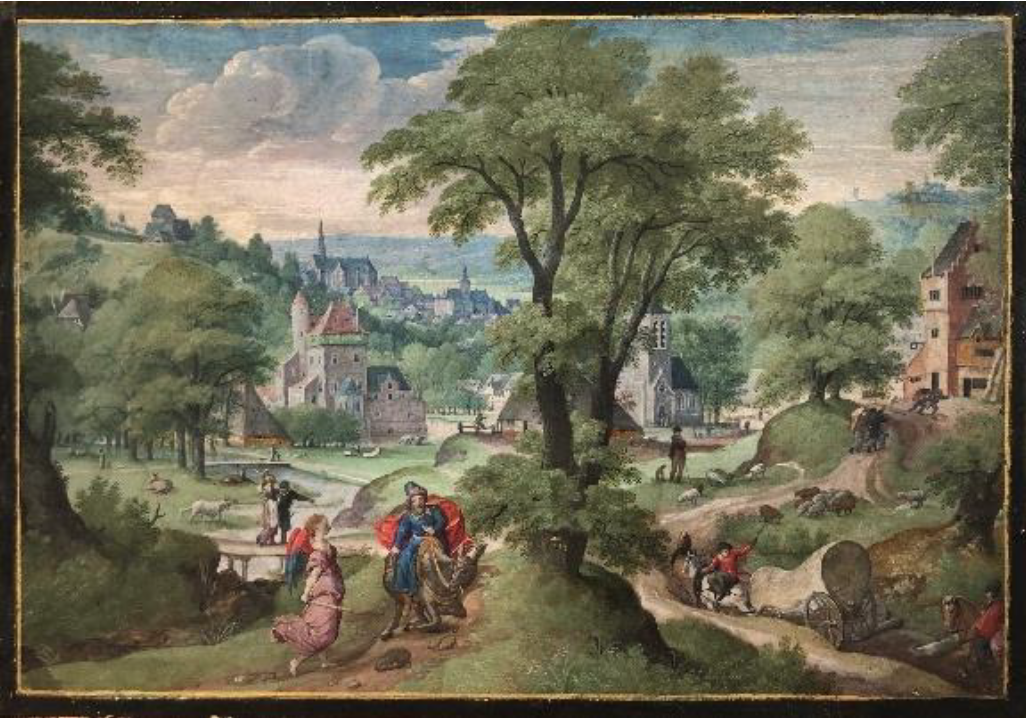
Balaam and the Ass, 1583. Hans Bol (Netherlandish, 1534-1593). Opaque watercolor or tempera and gold on parchment laid down on panel; signed and dated in gold: HBol 1583; sheet: 13.7 x 19.6 cm (5-3/8 x 7-11/16 in.)
Taihu Stone
Gift from Liu Dan marks unique addition to the CMA’s acclaimed Chinese art collection
and highlights China’s garden culture
Taihu Stone, Large Perforated Garden Rock is a gift from Liu Dan, the most prominent and celebrated painter of rocks in contemporary China. Taihu stones are particularly valued for their natural shapes and sculptural qualities and are a cultural peculiarity without equivalents in Japan or Korea. Such perforated limestones were originally sourced from Lake Tai in southeast China from where their name originated. Similar to other landscape elements, the stones are considered spirited beings in China. Such stones were collected and set up in gardens; smaller examples were placed on scholars’ desks where they evoked miniature mountains.
The Taihu Stone will be installed in the museum’s Ames Family Atrium beside its bamboo grove later this year. It will also be exhibited in the CMA’s upcoming special exhibition, China’s Southern Paradise: Treasures from the Lower Yangzi Delta, opening in 2023.
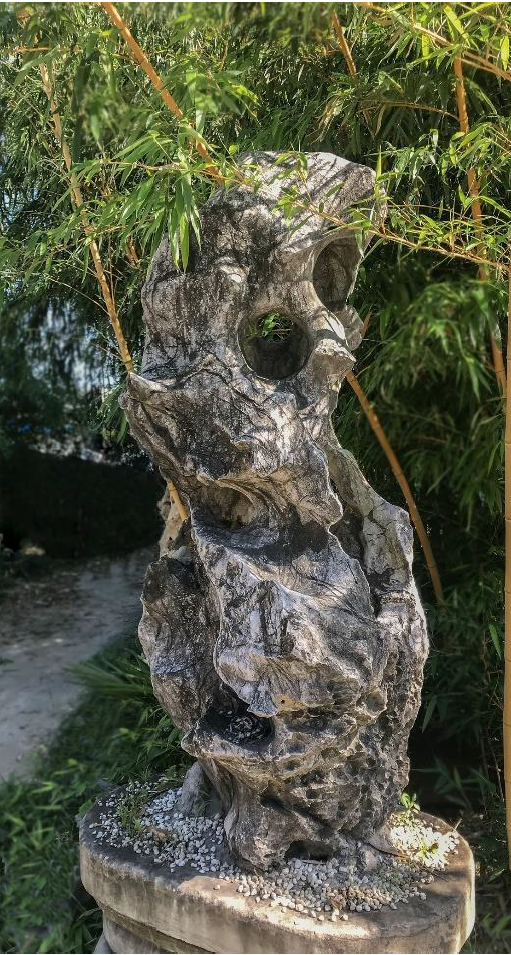
Taihu Stone, Large Perforated Garden Rock. Southeast China, Jiangsu province, Wuxi. Limestone; 160 x 65 x 50 cm (63 x 25- 9/16 x 19-11/16 in.). Gift of Liu Dan







